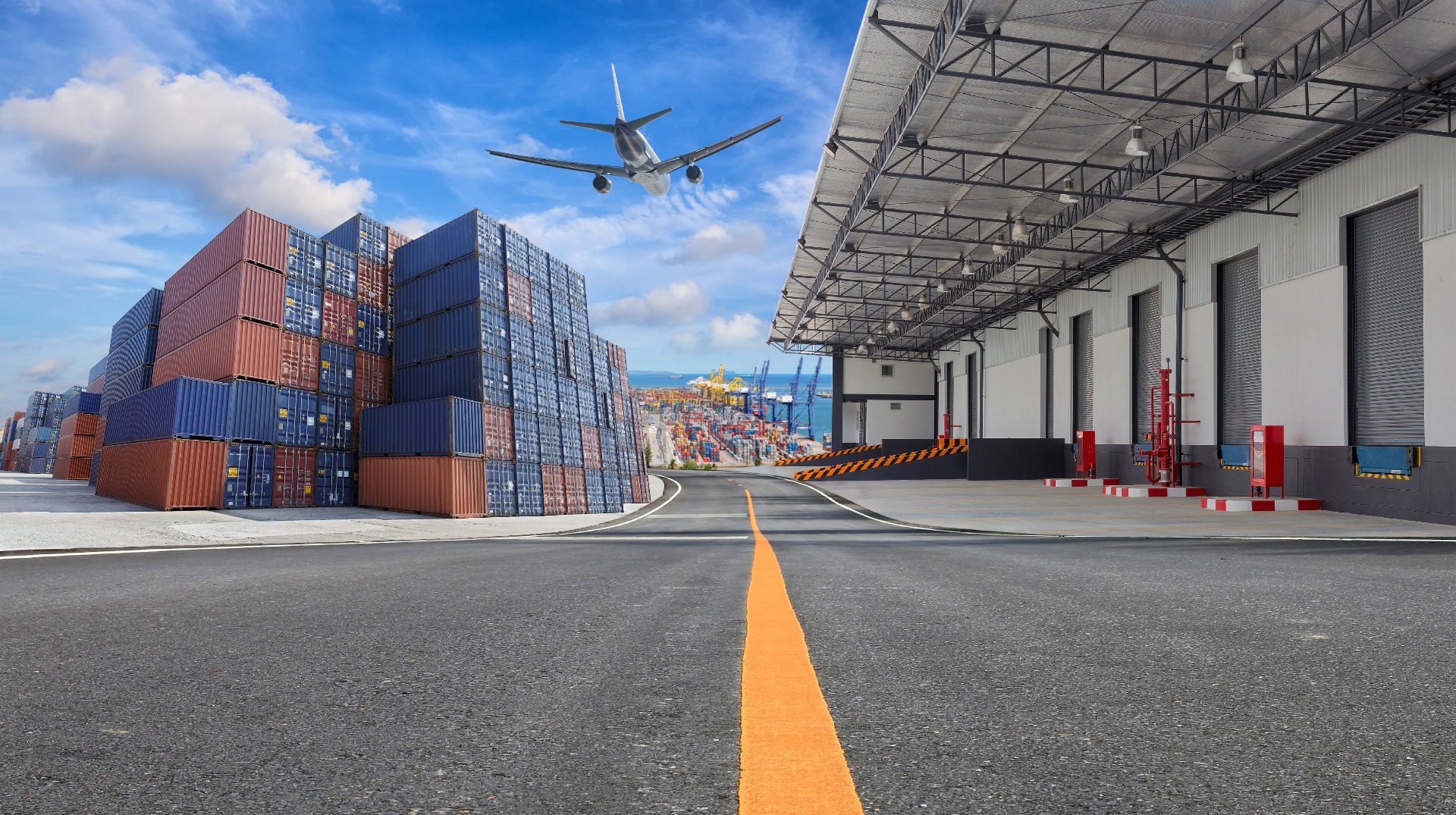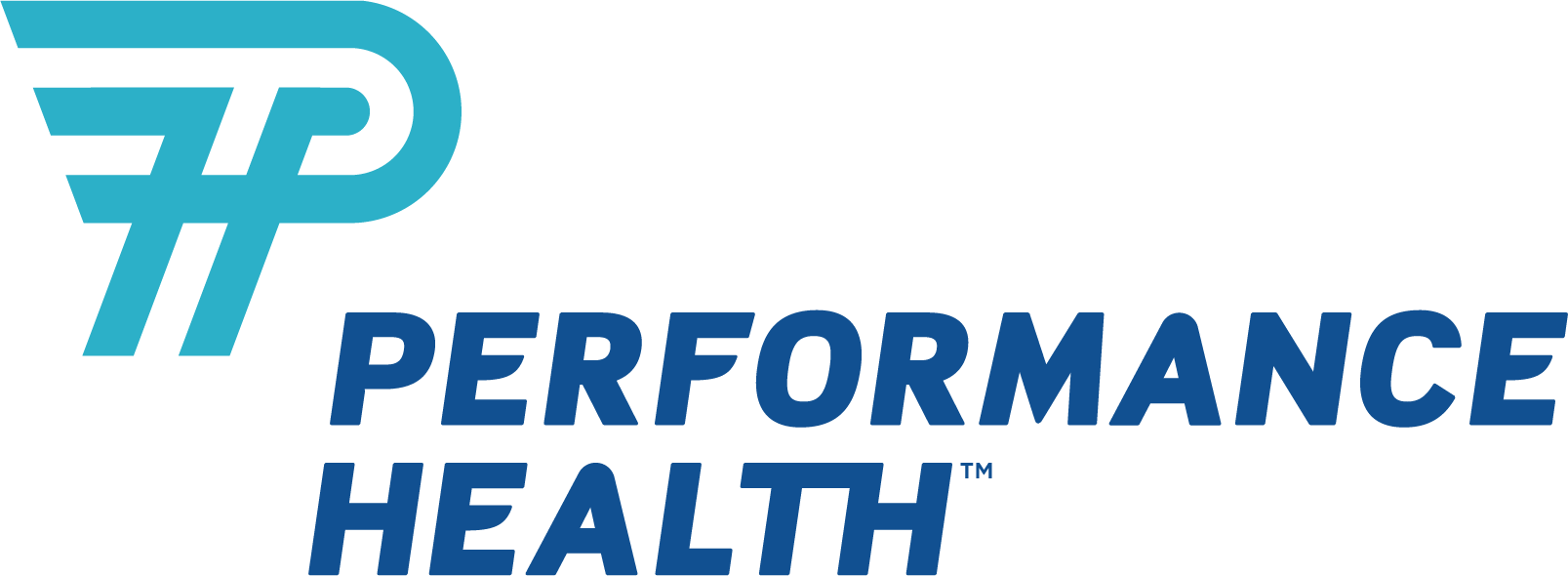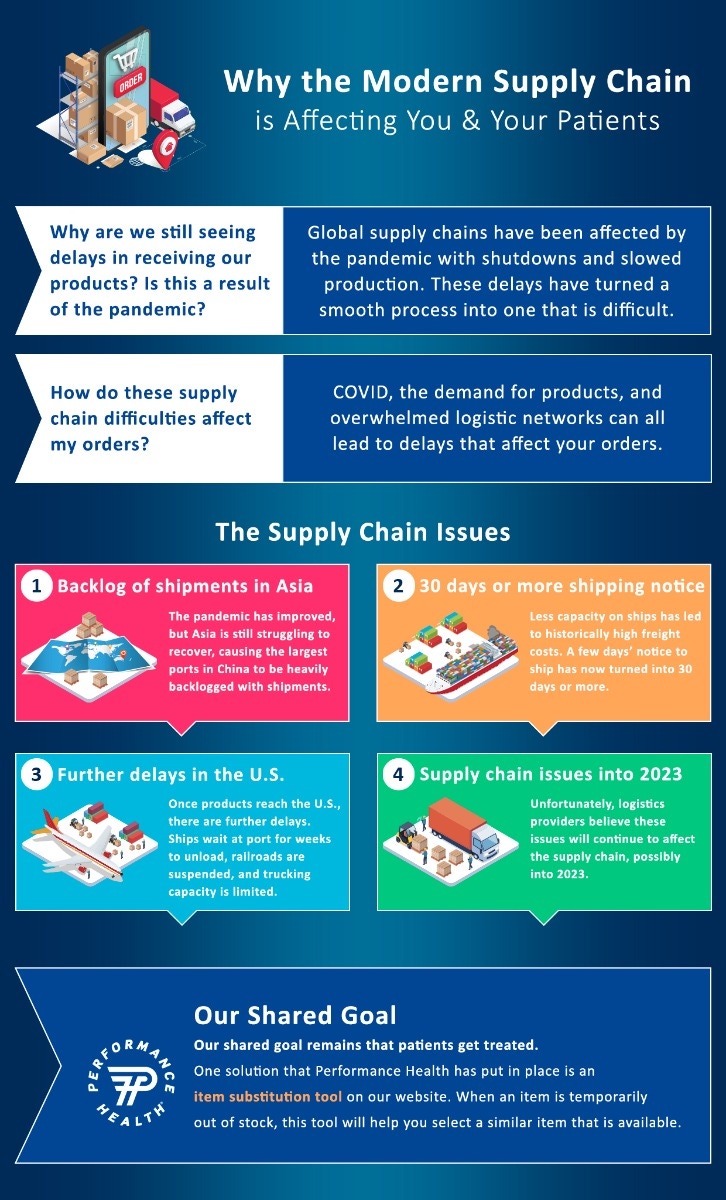Key Takeaways
- As a result of the global pandemic, shortages have become a common sight.
- The pandemic has disrupted the international supply chain, causing product disruptions and shipping delays.
- This article discusses several reasons why products are still difficult to come by and when this trend may change.
Table of Contents
- Everything Is Connected in a Modern Supply Chain
- Asia Is Still Struggling to Contain COVID
- Demand (for everything) Is Sky-High
- U.S. Logistics Networks Are Overwhelmed, Too
- When Will It End?
- Let Us Help You Find Products
Here’s what materials managers, practitioners, and anyone involved in the healthcare supply chain need to know about why getting products delivered is so difficult right now.
While our daily lives are slowly returning to normal, it’s been a much more difficult road back for most global supply chains. The pandemic has brought to the forefront how important and delicate the process of manufacturing and delivering products around the world is.
At the same time, our shared goal remains that patients get treated. So, here’s what has been going on.
Early in the pandemic, the supply chain problems were consistent for everyone. Many of the offshore companies in the healthcare industry like Performance Health source from had to shut down or slow production. The delays and difficulties impacted the normally smooth shipping and delivery process that brought those goods into the U.S.
Everything Is Connected in a Modern Supply Chain
Sourcing materials and manufacturing many healthcare products is complex and can involve dozens of suppliers in multiple countries. This can mean a small delay with even one component can have a ripple effect far downstream in the supply chain. For better or worse, when the global supply chain is working, no one notices. But when it’s not, we all see and feel it. This can be as true for healthcare products as it is for things like food, paper towels, and even toilet paper as we have all experienced.
Unfortunately, as the pandemic continued into late 2020, the challenges with getting products became as much about the challenge of shipping as it did manufacturing. At the time, several additional factors came to the surface and remained there that are still impacting all importer’s abilities to get their goods to market.
Asia Is Still Struggling to Contain COVID

While things have improved tremendously in the U.S. with the rollout of vaccines, many countries, particularly those in Asia, are still struggling with COVID. Factory and shipping port shutdowns are a persistent problem. For example, two of the largest ports in China (Ningbo and Yantian) are still working through backlogs of shipments for the U.S. and Europe due to shutdowns caused by a spike in COVID cases among its workers.
In Vietnam, another large and important port is currently right in the middle of its own problems from a recent shutdown. And similar problems are happening at many other key Asian ports where all types of products get manufactured.
Demand (for everything) Is Sky-High

Adding to the challenge is that demand is soaring for goods (and not just in healthcare). This means competition for ANY space on ocean vessels and cargo planes that bring goods into the U.S. market is fierce. With capacity harder to come by, rates are historically high.
But, if you ask most importers, they’ll say high freight costs are not their only concern right now – it is also seemingly simpler things like finding space on a cargo ship for their container to start its journey to the U.S. In the past, a few days notice was all that was needed to get product onto a ship, now it’s often 30 days or more at best.
Initially container ship lines scrapped ships and cancelled new ship orders as COVID started. The rapid demand growth is now being supported by a limited number of ships operating with nearly all container slots filled. Additionally, as container spots are taken as vessels make stops across multiple Asian ports, ships simply skip the remaining port calls. Adding to the congestion is a persistent imbalance in containers which has left fewer empties available in Asia for suppliers to load products into on their own shipping docks.
U.S. Logistics Networks Are Overwhelmed, Too

And most recently, it’s become problems with inland transportation that have delayed supply chains for many U.S. importers.
“Almost every link in the supply-chain is broken or cracked, and importers are having to account for multiple points of delay in their supply chains that are changing week to week,” says Simon Kaye, CEO of Jaguar Freight. “The ebb and flow of delays at both origin and destination ports has been ongoing for months, but more recently, U.S. railroad slowdowns have left freight sitting for six to eight weeks even once goods have arrived in the country. It’s a clear illustration of how interconnected global supply chains are today – and how stressed the system is.”
It’s also common, for example, over the past few months for dozens of ships to be waiting for weeks to be unloaded at major West Coast ports, such as L.A./ Long Beach, Oakland, and Vancouver, where most Asian imports arrive.
The image below shows a recent look at about 40 ships waiting outside the Ports of L.A./ Long Beach on September 1.1 It’s normal to have “zero to one” ship at anchor at these ports.

Once products arrive in the U.S. from Asia things aren’t much easier. For example, recently a major railroad (Union Pacific) suspended intermodal service for 7 days from the Port of LA/LB to Chicago intermodal ramps to address congestion. In addition, there is an ongoing problem of N. American drayage trucking capacity being limited. All of these problems are impacting the ability of trucks to make container deliveries from ports to their inland destinations and leave us where we are today.
When Will It End?

The obvious (and urgent) question everyone has is, how long will the problems persist? A lot of industry experts have been making guesses since the middle of 2020, with most saying the market would be back to normal by now. So, it’s important to take any predictions with a grain of salt.
That said, logistics service providers are looking for signs of optimism just like everyone else. And as long as the problems have persisted, the following may be as optimistic a statement as one can find:
“Shippers should expect higher freight rates, long-term – and also not expect much easing in the market until Chinese New Year 2022 and ‘normality’ in 2023,” Tim Scharwath, CEO of DHL Global Forwarding, told supply chain trade publication The Load Star recently.2
Let Us Help You Find Products
Performance Health is a leader in consumer healthcare and the largest global manufacturer and distributor of products to the rehabilitation and sports medicine markets. We offer a large variety of market-leading brands. If you are looking for a specific item on our website and notice that the product is temporarily out of stock, our item substitution tool can help. Follow the simple steps listed below to find substitutes:
- Click the “Shop Similar Products” link

- A list of alternative products that are in stock will appear. Add the item that you desire to your cart

References
1. Global Ship Tracking Intelligence: AIS Marine Traffic. (2021). Retrieved from https://bit.ly/3ipUTIT
2. Lennane, A. (2021, July 07). Warning to shippers: Expect high freight rates and disruption to last a while. Retrieved from https://bit.ly/3rWrwkC
Medical Disclaimer: The information provided on this site, including text, graphics, images, and other material, are for informational purposes only and are not intended to substitute for professional medical advice, diagnosis, or treatment. Always seek the advice of your physician or other healthcare professional with any questions or concerns you may have regarding your condition.








 France
France Australia
Australia







